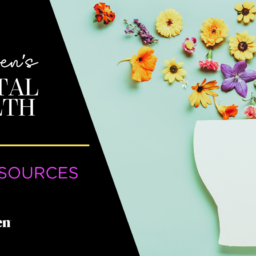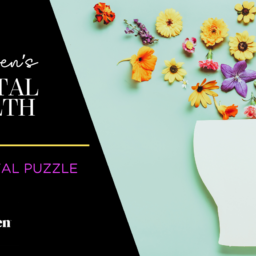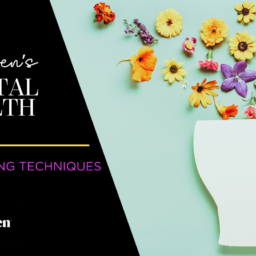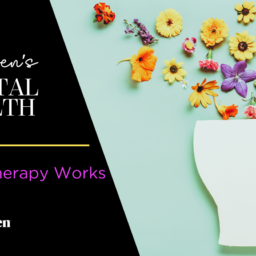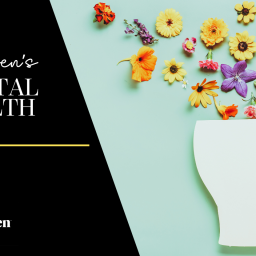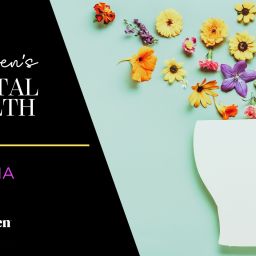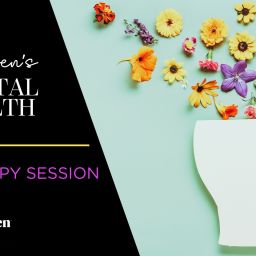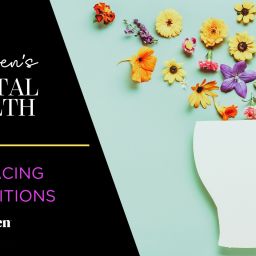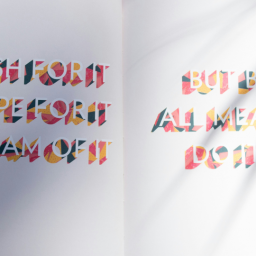
 Welcome to Indy Maven’s Mental Health column coming by way of Adair McDonald, LMHC (she/her/hers). Check out her website for information about how Adair works with clients, and to contact her directly to book a session.
Welcome to Indy Maven’s Mental Health column coming by way of Adair McDonald, LMHC (she/her/hers). Check out her website for information about how Adair works with clients, and to contact her directly to book a session.
It takes practice to learn to slow down and work with our feelings. Therapy is a place to do this, but it shouldn’t be the only place. Our lives give us countless opportunities to notice our own thoughts, feelings, and reactions—we just need to cultivate our inner observer.
There are common thinking patterns and narratives that cause many of us problems. Self-criticism, overthinking, rumination, catastrophic thinking, and projecting the worst can happen. Once you name that you have some of these tendencies, it is natural to want to stop them. No one likes feeling anxious, worried, sad, lonely, or fearful so we spend much effort trying not to feel those things. It’s easy to avoid pain by staying busy or distracted; sometimes, that’s the best short-term course of action to get through hard things. But until we turn towards the underlying pain or fear with curiosity, it will just be there, hanging out and growing stronger.
I often give my clients the “homework” to sit with their hard feelings, noticing them first without trying to change them. There are many techniques for this, and it will take practice to determine what works best for you. But it can be very simple.
This past week, my anxiety has been acting up, accompanied by a side of insomnia. Since I was up anyway, I decided to use myself as an example of working with anxious thoughts. So here is something a little vulnerable: my approach to working with fears that come at night when I’m most susceptible to their grip.
Turn Toward Anxious Thoughts
The most helpful tool for coping with the nighttime scaries and eventually getting back to sleep has been the tool of curiosity.
This week, as my son has completed elementary school and is planning a whole new chapter of his life in junior high, it’s the parenting stress that has been coming for me. I hope that in using myself as an example you’ll be able to find ways you can apply this to your difficult emotions.
The Anxious Voice
I wake up around 2 a.m. despite my healthy bedtime routine and all attempts to set up an environment that helps me avoid this. Shit. Here we go again. I’m worrying about my son, and I don’t know how best to help with his inevitable challenges as they arise. The love is no problem. I love him with a fullness that still takes my breath away after 11 years of knowing him. But tweens are complicated, remember? I know I survived those years of awkward uncertainty and the gut-wrenching questions of what it means to be “me,” but how can I be sure my son is up to the task? He must be, right? But wait, have I even done enough to prepare him? What more do I need to be doing to catch him up? Will he be ostracized in middle school, doomed to walk the halls alone, smiling to hide his heartbreak, making awkward jokes in an attempt to connect, only to be further taunted and rejected by his peers? Will he fail, will he hurt people, will he never find his way?
How has any mother ever learned to walk with these fears? How will I?
 The Steps
The Steps
Breathe. Turn inward.
Where do I feel this in my body? Low down in my belly.
What does it feel like? Warm. Swirling like butterflies.
Are there any colors or pictures that go with it? Yes, a dark red, like a heart. And a flash of myself, awkward in my oversized glasses, maybe age 13?
How do I feel towards all this? Compassionate. Tender.
What seems like the most important thing that is coming up? My young self. I’m accepting that my own junior high years have passed. It is my son’s journey now, and I can’t do it for him.
Spend a bit more time with my young self. Let her know she is valued and cared for. Relax my body as I do this. My young self is smiling. She loves my son, too. She can help me help him. She believes in him and wants me to know it will be okay.
Is there anything else that feels unfinished? Yes. How can I believe her? How can I know it will all be okay?
I can’t. Sigh.
As I sigh, I notice a loosening of the grip. My stomach isn’t roiling, and my chest is more relaxed. Right.
I am allowed to accept that this feeling is here and valid. I am allowed to worry about my son. I’m a mother; this is normal. I can trust that I will try and fail and try and succeed and try and who knows? But he will know I love and accept him. And I hope he will always come to me with his needs. And I hope he will find others he can go to as well. And while my love might not always know the best way to help, it is the best way to help, and I am already doing it.
Focus on that love you feel. Where do you feel it now? All over, especially through my face, throat, and chest.
Good. Now, I’ll allow myself to just feel that love. I’ll breathe into it. And hopefully, soon, I’ll drift off to sleep.
Why It Helps
It seems counterintuitive to allow the fears to crystallize when trying to get to relaxation, but the fact is they are already there, I’m just choosing to take some power over them by working with them rather than against myself. I’m also ensuring I pay attention to my body, where the emotions live. I encourage most of my clients at one point or another to do similar exercises with their anxious thoughts. What often ends up happening is accepting what is and is not in our control. There is a relief in realizing that much of what we fear isn’t a problem to be solved and that all we can do is keep doing our best given our own limitations and imperfections and plan to adapt accordingly as life’s curve balls come our way.
This isn’t by any means the only thing that helps. Sometimes, a guided meditation or body scan for tension will also help get me back to sleep, and sometimes, my nighttime brain is so jumbled I need to read for a while before I can focus enough to do this exercise. But if being a therapist has taught me anything, it’s that inviting in the darkness will lead to more light. When we face fears rather than avoid them, we generally feel relief. So, next time you’re overwhelmed with worries about anything at all, try this. Breathe into the worry, notice what thoughts are coming up, notice where you feel that in your body, notice if any images/sensations/emotions/colors/concepts are coming up with it, and get curious about what it has to teach you.
All of our content—including this article—is completely free. However, we’d love it if you would please consider supporting our journalism with an Indy Maven Membership.







